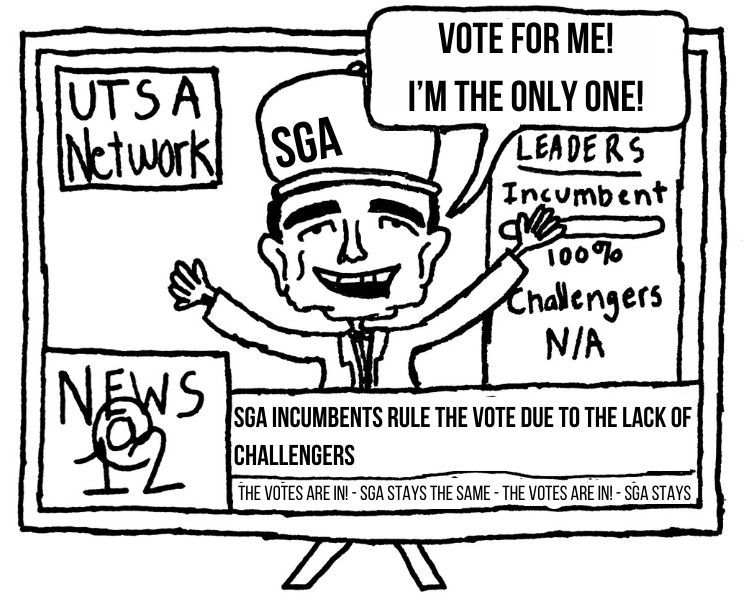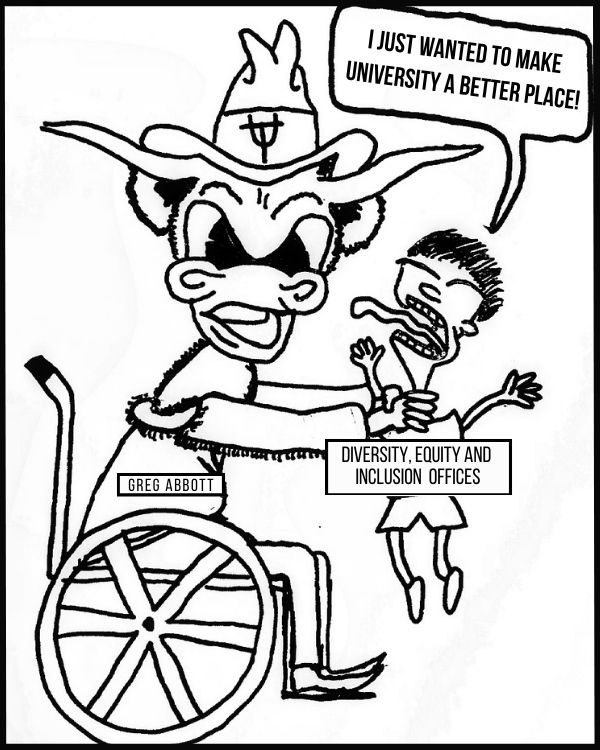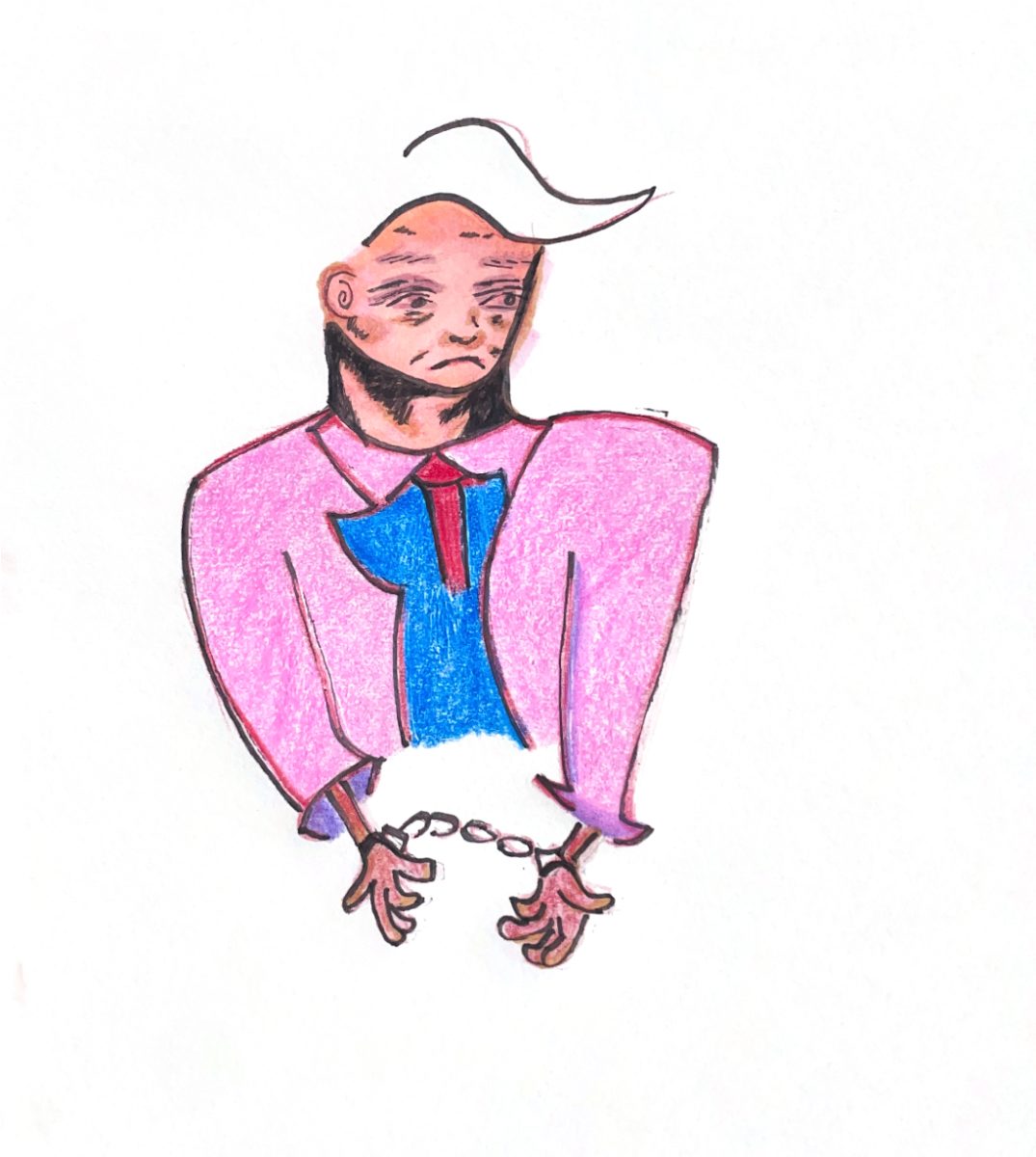The Texas Tribune published an article last week regarding an approaching deadline for a Texas higher education plan that was enacted in 2000. The plan, titled Closing the Gaps (CTG), set out to make Texas a national competitor in higher education, thus ensuring the future economic success of its people. The program targeted four categories for improvement that included participation, success, excellence and research.
The problem with these plans, which impose blanket goals and measures upon the state’s higher education institutions, is in their inability to effectively reflect the interests and objectives of Texas’ diverse higher education institutions.
The Texas Tribune article focused on the goal concerning participation, which called for an additional 630,000 students enrolled in Texas higher education by 2015. Since the plan’s inception in 2000, enrollment has seen a 596,000 student increase. This leaves the state with an additional 34,000-student increase to cover over the next two years.
While as a whole the state has seen steady increases since 2000, the article notes that UTSA’s nearly 1,750-person enrollment drop this semester was the largest in terms of total students in the state.
This fact is presented without any explanation as to why UTSA saw this drop and leaves the reader with a feeling that UTSA is a struggling institution. This distorted perception reflects the disconnect between statewide goals and individual needs.
The reality is that UTSA is in fact a thriving university that has retooled its goals from being a commuter school that acts as an “in the meantime” for flagship universities like UT-Austin and Texas A&M, to becoming Texas’ next Tier One institution.
This enrollment drop reflects an expected part of that plan, which has raised admission standards (in order) to facilitate a more successful and productive freshman class.
UTSA’s Provost John Frederick reinforced this goal at a faculty senate meeting where he stated, “This group is the best freshman class we have ever admitted to UTSA. They have been filtered out already. We think they can succeed.”
This type of incongruity between the state’s goals and measures is no new problem and often results in the smaller universities losing out. In a Texas Tribune Festival panel on Sept. 28, Phil Castille, president of University of Houston-Victoria, noted that “the main performance-based funding criteria in the state of Texas right now is the number of degrees awarded.”
“Guess what?” Castille stated, “Who’s going to win that every year? … I don’t mind performance-based standards, but give me something relevant.”
There is also a present disconnect between the goals of the Texas Higher Education Committee and the state legislature, which has failed in many instances to provide state institutions with the necessary resources to attain their prescribed goals.
Also at the panel, President of The University of Texas-Pan American Robert Nelsen stated, “At Pan American, we have one purpose and one purpose only, and that is to graduate students.”
UT-Pan-Am in contrast to UTSA, had the largest growth rate this semester with a more than 28 percent rise in its population.
The obvious polarity between the enrollment goals of UTSA and that of UT-Pan-Am exemplifies the type of differences that can exist between two universities seeking to establish an identity that best serves their respective scholastic goals.
The executive summary preceding the body of the plan noted that at the time of CTG’s implementation Texas was “profiting from a diverse, vibrant and growing economy.” The plan goes on to assert that, “Texas must take bold steps for the future success of its people.”
Though this plan has many redeeming qualities it falls short in its inability to account for the diverse needs of a growing education system that demands accountability, which reflects the needs of each individual institution.

















